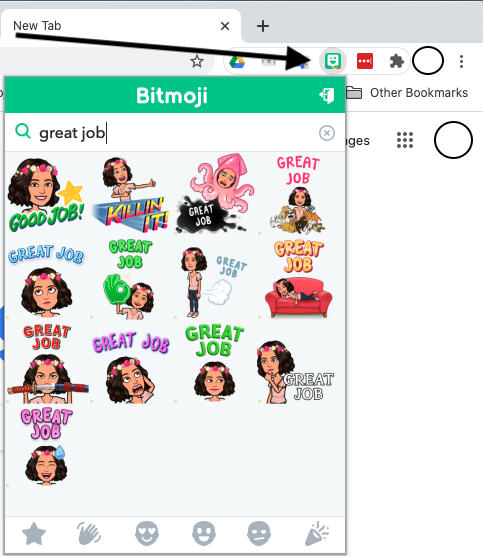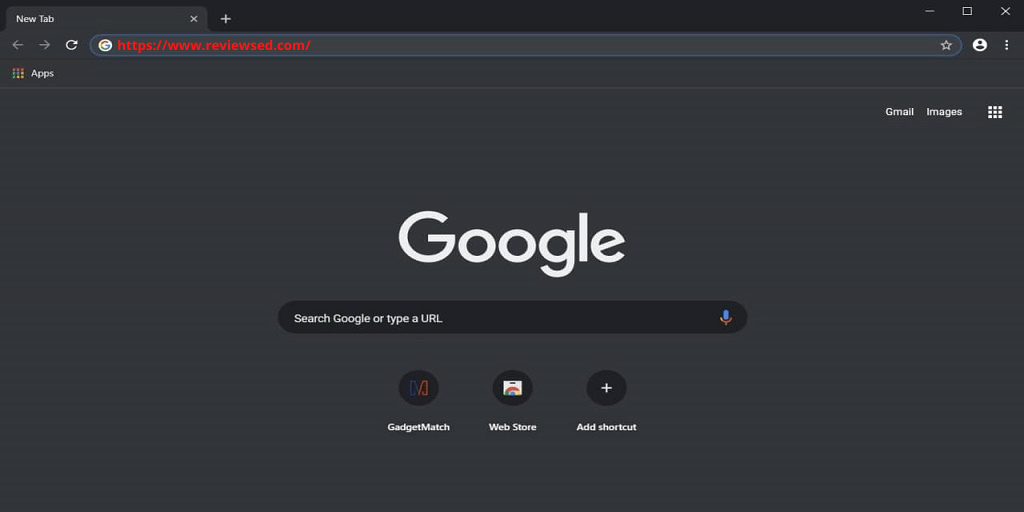

- Edit chrome apps code#
- Edit chrome apps free#
Locate the web app manifest corresponding to the file path you noted earlier.
Refresh the page to make sure all sources load. Confirm any prompts at the top of the browser asking for access to the folder. Click on + Select folder for overrides and select the folder you created. If you Create a new folder in your projects or Documents folder called chrome-overrides. Switch to the Overrides 2nd-level tab (you may need to find it in the » menu). If you have not used overrides before, you will need to set them up: Locate and expand the element and find the link element with rel="manifest". On the page of the application, open the Chrome DevTools (right click anywhere on the page and select "Inspect"). To get around this, you can use Chrome Local Overrides to modify the start_url in the Web App Manifest: If you're trying to add a different PWA than Google Calendar where the page either specifies a manifest already or sets the Content Security Policy directive manifest-src, then the above solution may not work, potentially also returning an error such as: Refused to load manifest from 'data:application/manifest+json.' because it violates the following Content Security Policy directive: "manifest-src 'self'". Now you should have a separate desktop app for your second calendar account!Īlternative: Editing an Existing Manifest Doing so places your selected language in the list of languages. Check "Open as window" and select "Create" Its a blue button in the bottom-right corner of the pop-up window. Click on the three dots menu > More Tools > Create Shortcut. Once you have done this, you can create the desktop app as normal: This will add a Web App Manifest for this website which will be used when creating the app. :max_bytes(150000):strip_icc()/Evernote-5bd8be4cc9e77c005122162d.jpg) Modify the URL if necessary to whatever URL you are trying to create an app for. Go to the Console tab and paste the copied JavaScript. On the Google Calendar page, open the Chrome Devtools (right click anywhere on the page and select "Inspect"). You can open and edit CSS and JavaScript files in this view, but any changes will be lost as soon as you refresh the page.I also had this issue (trying to create an app shortcut to the second Google Calendar account) and solved it by creating a web app manifest before creating the app shortcut: Navigate to the Sources tab to examine the file explorer: Open Chrome, load a page from your local file system/server and open Developer Tools from the More tools menu or press F12 or Ctrl/Cmd + Shift + I depending on your system. Any changes you make are saved to the file system and updated within the editor ( presuming it refreshes when file changes occur). However, it’s possible to open and edit source files directly in Chrome. The app can open both local files and urls.
Modify the URL if necessary to whatever URL you are trying to create an app for. Go to the Console tab and paste the copied JavaScript. On the Google Calendar page, open the Chrome Devtools (right click anywhere on the page and select "Inspect"). You can open and edit CSS and JavaScript files in this view, but any changes will be lost as soon as you refresh the page.I also had this issue (trying to create an app shortcut to the second Google Calendar account) and solved it by creating a web app manifest before creating the app shortcut: Navigate to the Sources tab to examine the file explorer: Open Chrome, load a page from your local file system/server and open Developer Tools from the More tools menu or press F12 or Ctrl/Cmd + Shift + I depending on your system. Any changes you make are saved to the file system and updated within the editor ( presuming it refreshes when file changes occur). However, it’s possible to open and edit source files directly in Chrome. The app can open both local files and urls. Edit chrome apps code#
The field on the left displays the code as it is, while the field on the right displays the text in a more readable format. The app displays two text fields side by side. While tools such as live reloading have made this process easier, many developers continue to tweak code in both DevTools and their editor. This Chrome app opens a text editor inside your browser, allowing you to edit code without having to switch to another application.

Copy those changes back into the editor and return to step #1.Find an icon you’d like to use for your Chrome app.
Edit chrome apps free#
This app is just for you, though, so you’re free to name it what you like. Tweak the HTML elements, CSS properties, and JavaScript code to fix the issues. Replace APP NAME and DESCRIPTION in the new document with your app’s name and a short description.Open DevTools to investigate the layout and functionality problems.Open the locally hosted page in a browser.For more on improving your development workflow with tools, read Developer Essentials: Tools on SitePoint Premium.Ī web developer’s typical day involves creating HTML web pages with associated CSS and JavaScript in their favorite editor. This popular article was updated in 2020.



:max_bytes(150000):strip_icc()/Evernote-5bd8be4cc9e77c005122162d.jpg)



 0 kommentar(er)
0 kommentar(er)
